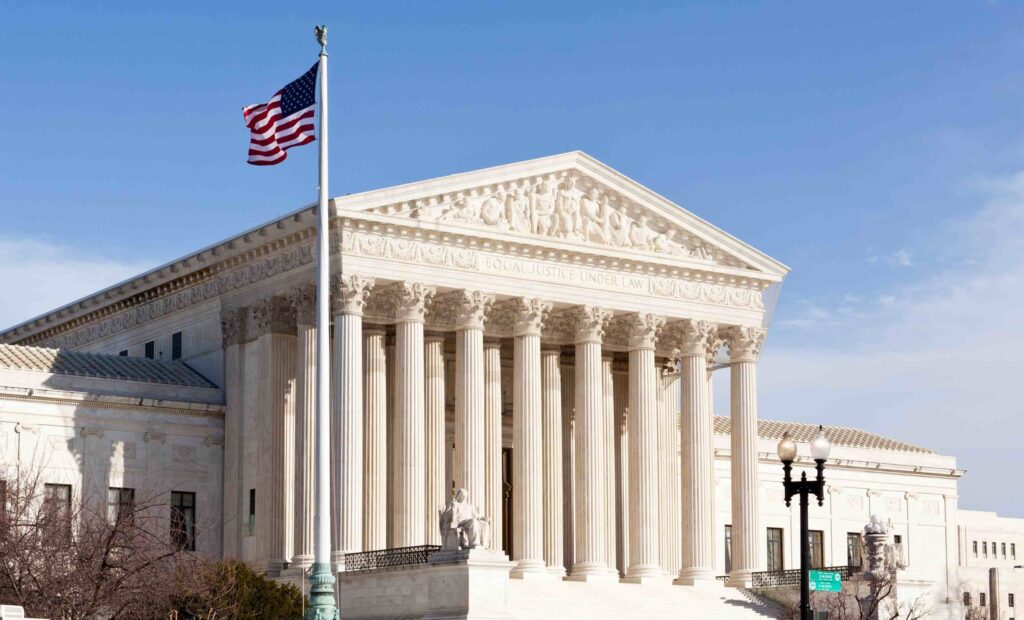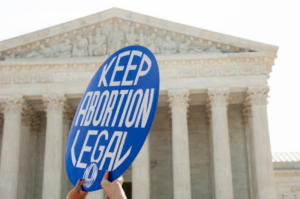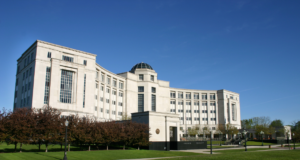Supreme Court rules immigrants with temporary protected status who entered illegally are not entitled to green cards
4 min read
The U.S. Supreme Court ruled Monday that people who have entered the U.S. illegally and remain under temporary protected status (TPS) are not entitled to receive green cards.
Justice Elena Kagan wrote the 11-page unanimous opinion in Sanchez v. Mayorkas, a case filed by an El Salvadoran couple who entered the U.S. illegally in 1997.
While the couple never went through the formal inspection and admission process, they were able to apply for and receive TPS in 2001. Thirteen years later, in 2014, Sanchez attempted to adjust his TPS to lawful permanent resident (LPR) status in order to receive a green card. His application was denied.
U.S. Citizenship and Immigration Services said he was statutorily ineligible because he never went through the immigration inspection and admission process, a requirement for LPR status. In response, Sanchez sued in U.S. District Court in New Jersey. The court sided with him, arguing that he could receive a green card. The case was appealed to the U.S. Court of Appeals for the Third Circuit, which reversed the lower court’s ruling.
The Third Circuit Court held that “a grant of TPS does not constitute an ‘admission’ into the United States.”
Sanchez then appealed to the U.S. Supreme Court, which agreed to hear his case January 8. On April 19, the court heard oral arguments in the case and issued its ruling June 7.
At issue is whether noncitizens with TPS are eligible to receive LPR if they entered the country illegally, not having gone through the immigration inspection and admission process. The court unanimously held that they are not eligible.
“The question here is whether the conferral of TPS enables [Sanchez] to obtain LPR status despite his unlawful entry. We hold that it does not,” Kagan wrote.
“A grant of TPS does not cure a foreign national’s entry without inspection or constitute an inspection and admission of the foreign national,’” Kagan wrote. “The court observed that ‘admission’ and ‘status’ are separate concepts in immigration law. So, the court concluded, providing a person with nonimmigrant status (as the TPS provision does) does not mean admitting him.”
According to Cornell Law School, “The outcome of this case has important implications for resolving inconsistent application of the law by federal courts and for understanding the qualifications needed to receive permanent residency in the United States.”
The law school notes that the Third Circuit’s ruling was different from decisions issued by the Sixth and Ninth Circuit in Flores v. USCIS and Ramirez v. Brown, respectively.
Twelve countries currently have TPS designation, according to USCIS: El Salvador, Haiti, Honduras, Myanmar, Nepal, Nicaragua, Somalia, South Sudan, Sudan, Syria, Venezuela, and Yemen.
Matthew Tragesser, a spokesperson for the Federation for American Immigration (FAIR), told The Center Square that the decision “represents a victory for the American people and for the integrity of the nation’s immigration system.”
“The original purpose of the TPS program was to provide temporary humanitarian protection to foreign nationals who could not return to their home countries due to extraordinary and temporary circumstances such as armed conflict or natural disasters. It has since become a program that is continually extended–in some cases for two or three decades–even though conditions in the home countries have vastly improved.”
The ruling comes as a record number of people have illegally crossed the U.S.-Mexico border. Last month Border Patrol reported that its agents had encountered 178,622 people attempting to cross the southern border in April, representing a 3% increase from the previous month and the highest one-month total in 20 years.
Border Patrol estimated that in February roughly 30,000 people who entered illegally evaded capture. In March, that number increased to 37,000. Preliminary numbers for April show that number increasing to 42,600, or 1,400 people evading capture every day.
The steady flow of people across the southern border resulted from President Joe Biden reversing policies that were put in place by the previous administration and were working, National Border Patrol Council President Brandon Judd argues.
“When we do not remove people who crossed the border illegally, that is, in fact, an open border,” he said.
“As long as we continue to, in essence, encourage people to cross our borders illegally, we’re going to continue to see the stash houses, we’re going to continue to see the boats, we’re going to continue to see the semis filled with people,” he added, referring to the types of issues Border Patrol deals with on a daily basis. “It’s the most inhumane thing I’ve ever seen in my life as it pertains to the border, but it’s being encouraged. Because we have basically an open borders policy right now.”
This article was originally posted on Supreme Court rules immigrants with temporary protected status who entered illegally are not entitled to green cards







